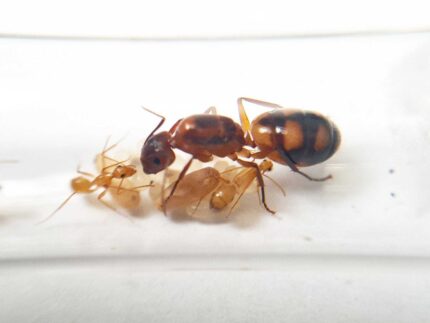
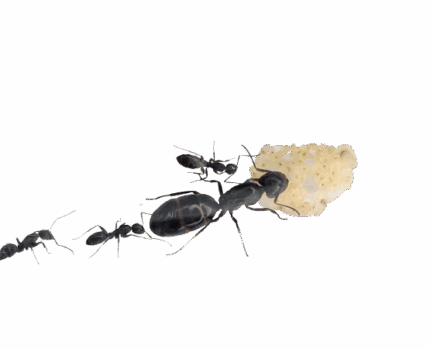
Camponotus cruentatus
89,90 zł – 229,90 zł
Worldwide shipping
Free delivery over 500 PLN
The highest quality of goods
Live delivery guarantee
24/7 Personal Support
Fair Prices
Description
The Camponotus cruentatus is a monogynous ant species with a colony size of up to 10,000 individuals. They have a medium development rate and come in various sizes, with queens measuring around 14-16 mm and workers and majors ranging from 6-14 mm. They have a dark gray-black color with orange segments on their stomach. Their nutrition consists of food insects and syrup.
Additional information
| Behavior | |
|---|---|
| Difficulty in breeding | |
| Origin | |
| The size of ants | |
| Wintering |
Camponotus cruentatus: The Fascinating European Ant Species
Welcome to the incredible world of Camponotus cruentatus, one of the largest ant species in Europe. Known for their size, frugality, and defensive nature, these ants are truly captivating. In this product description, we will delve into various aspects of Camponotus cruentatus, including their colony type, size, development rate, nutrition, humidity and temperature preferences, and recommended nests for breeding.
Colony Type: Monogyny
Colony Size: Up to 10 000 workers
Development Speed: medium
Size
Queen: 14-16 mm
- Workers: 6-9 mm
- Majors: 8-14 mm
These ants exhibit a striking coloration, with predominantly dark gray-black bodies and the first two segments of the stomach displaying an eye-catching orange hue.
Nutrition
- Food insects (such as cockroaches and crickets) dead, or live if colony is big
- Syrup (a mixture of water and honey or sugar, with a ratio of 4/3 water:1)
- Fruits and vegetables
- Jelly
- Cooked chicken without salt, shrimps
- Honey
By providing a varied and nutritious diet, you can ensure the health and well-being of your Camponotus cruentatus colony.
Humidity and Temperature Preferences: Crucial for Growth and Survival
Creating and maintaining the ideal habitat conditions for your Camponotus cruentatus is crucial for their overall growth and survival. These ants prefer specific humidity and temperature levels:
- Arena humidity: 30-50%.
- Nest humidity: 40-60%.
- Arena Temperature: 24-28 °C.
- Nest Temperature: 22-26 °C.
By ensuring appropriate humidity and temperature levels, you can create a favorable environment for the growth and prosperity of your Camponotus cruentatus colony.
Recommended Nests for Breeding: Find the Perfect Home
When choosing the right nest for your Camponotus cruentatus colony, several options are suitable:
- Acrylic: Acrylic nests provide excellent visibility, allowing you to easily observe the inner workings and behaviors of the colony.
- Cork: Cork nests offer a natural and aesthetically pleasing environment for the ants. The porous nature of cork aids in maintaining the desired humidity levels.
- Plaster: Plaster nests are a popular choice, as they are customizable and offer excellent insulation to regulate temperature and humidity.
- Aerated Concrete: Nesting chambers made of aerated concrete provide a durable and long-lasting habitat for your Camponotus cruentatus. Its porous structure assists in maintaining the ideal humidity levels.
Choose a nest that suits your preferences and meets the needs of your Camponotus cruentatus colony, ensuring they have a comfortable and secure place to thrive.
Thank you for exploring the world of Camponotus cruentatus with us. We hope this detailed description has provided valuable insights into the fascinating nature of these ants and how to care for them. By following the provided guidelines and providing a suitable habitat and nutrition, you are sure to witness the incredible growth and development of your Camponotus cruentatus colony.


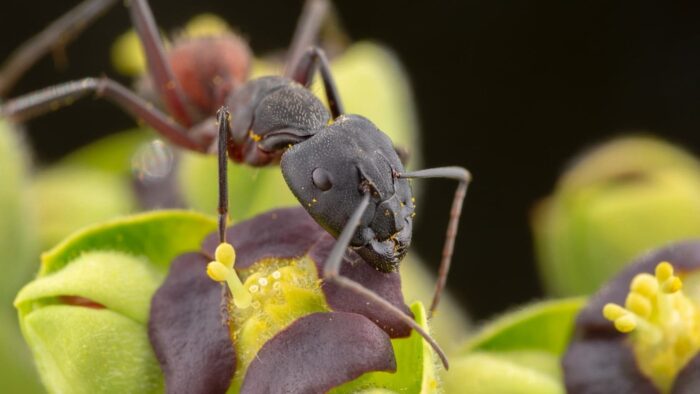
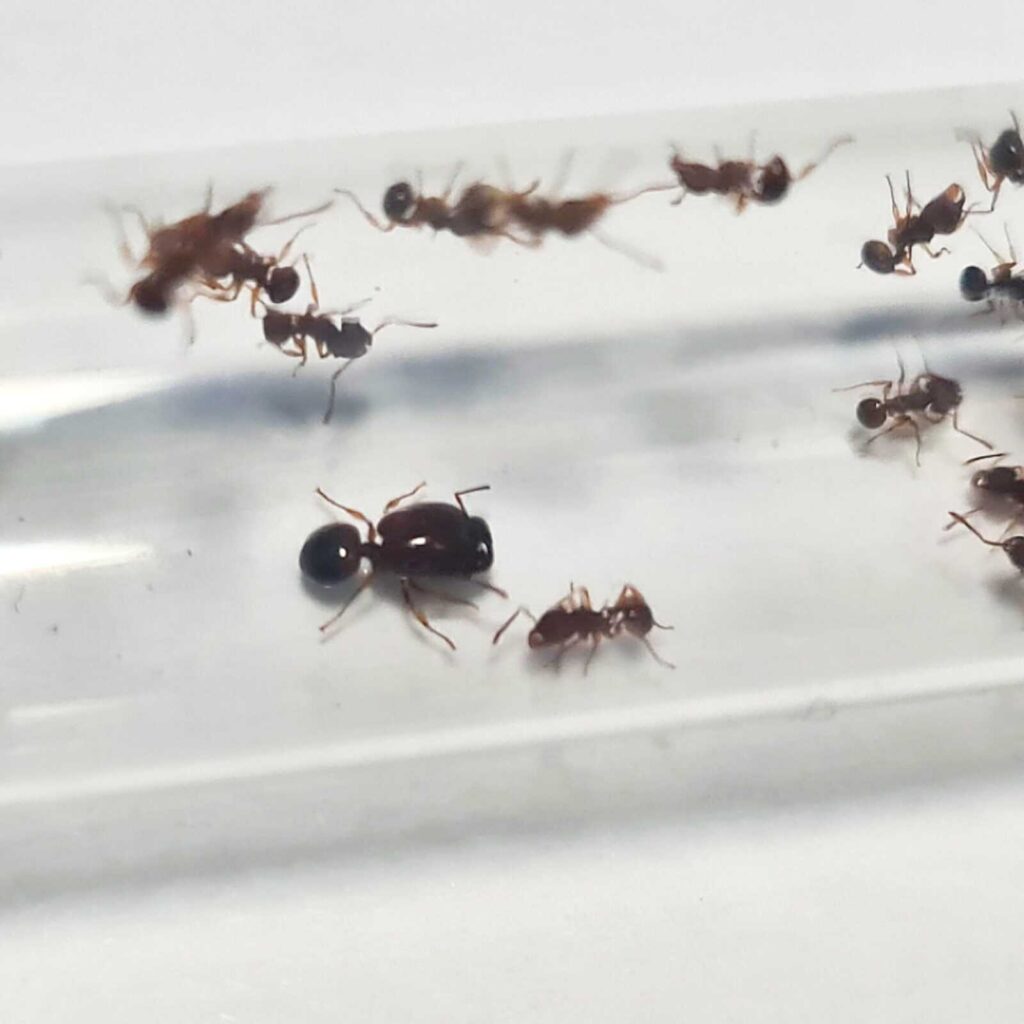
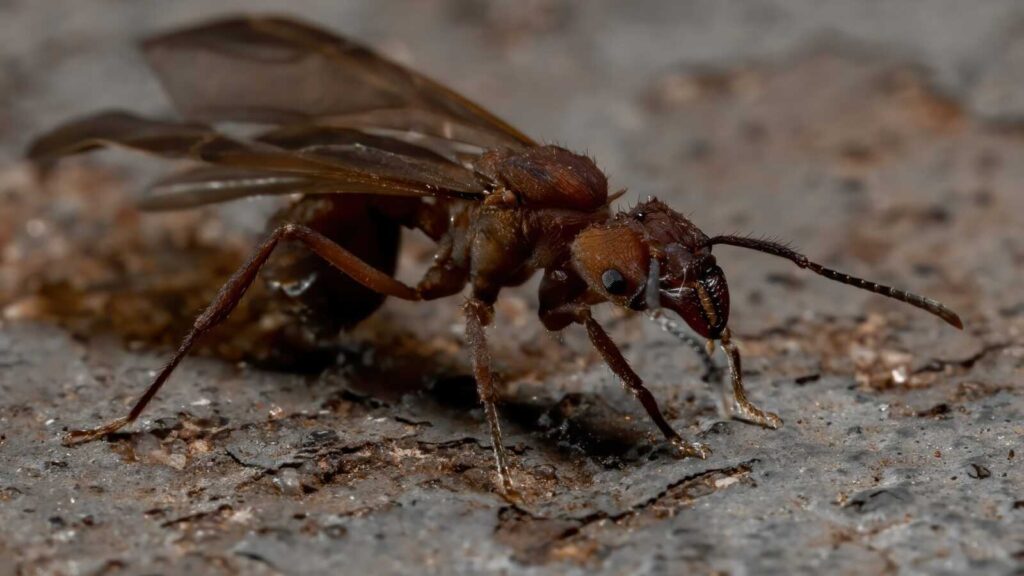
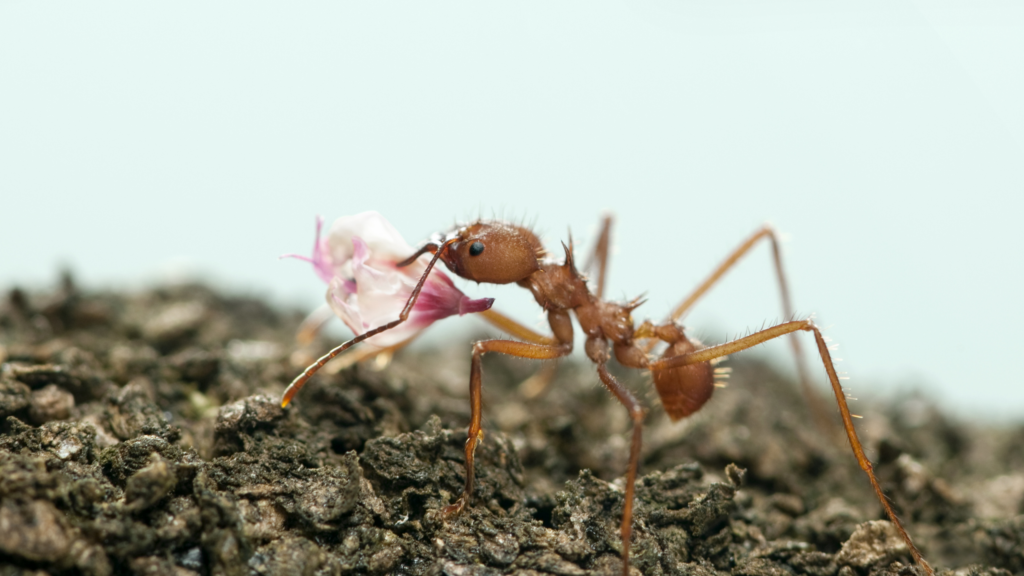
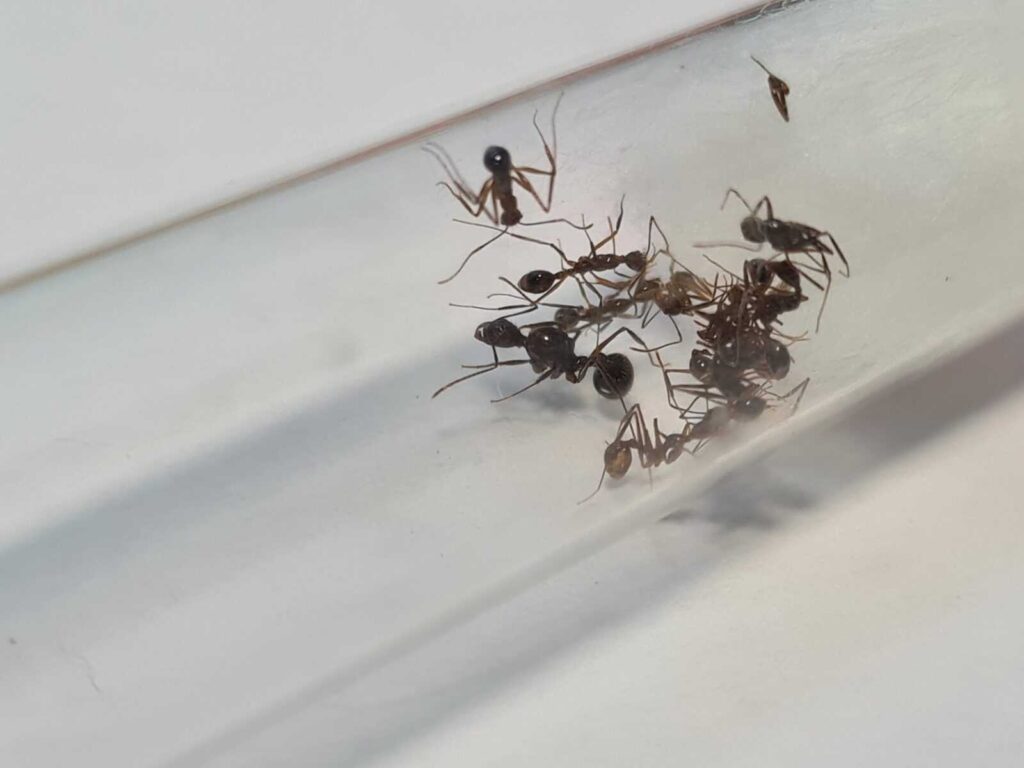
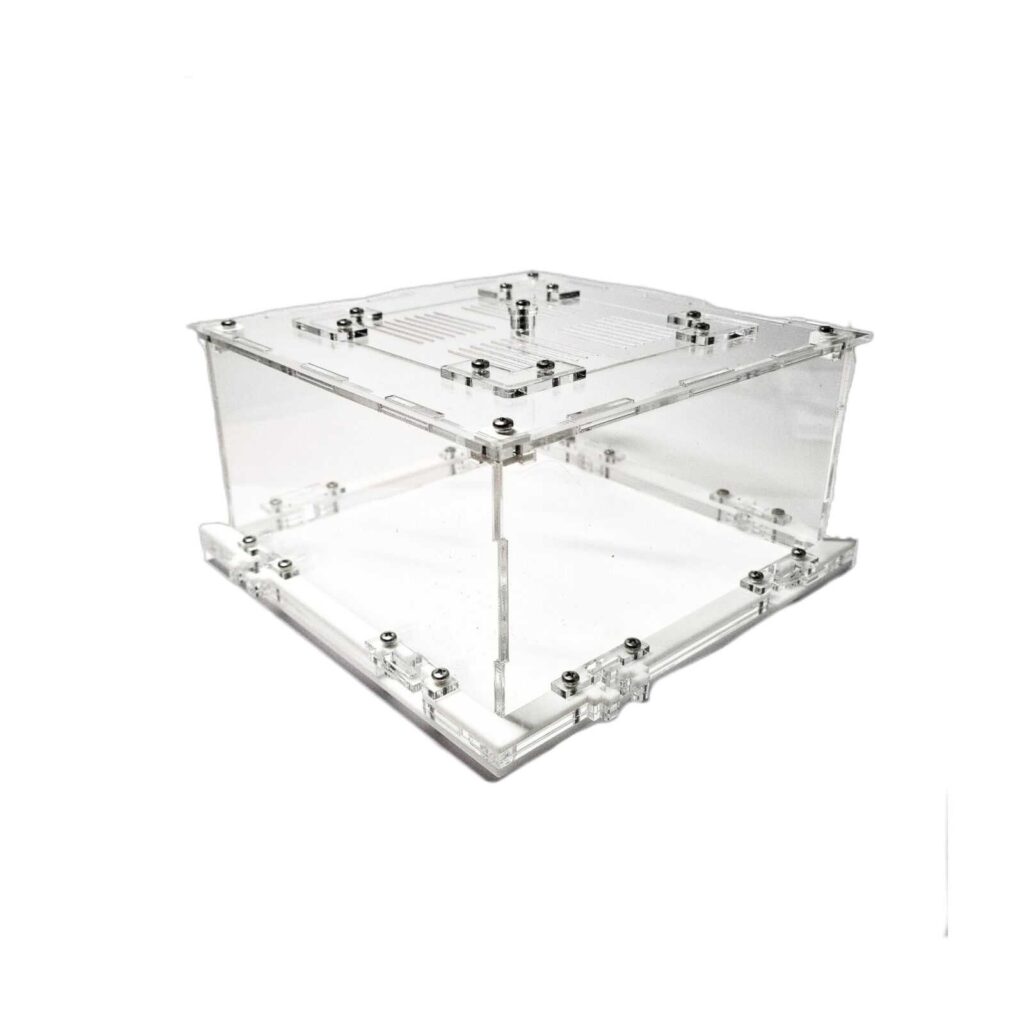
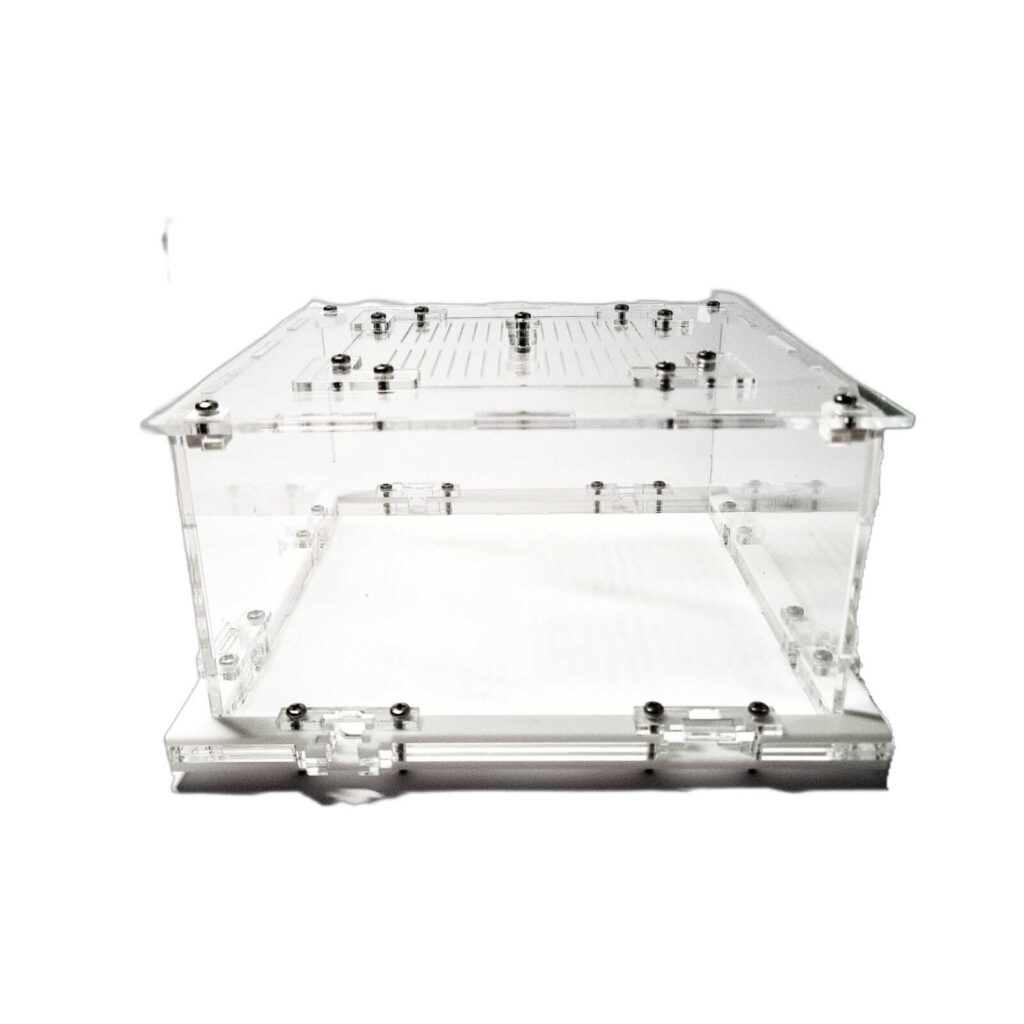
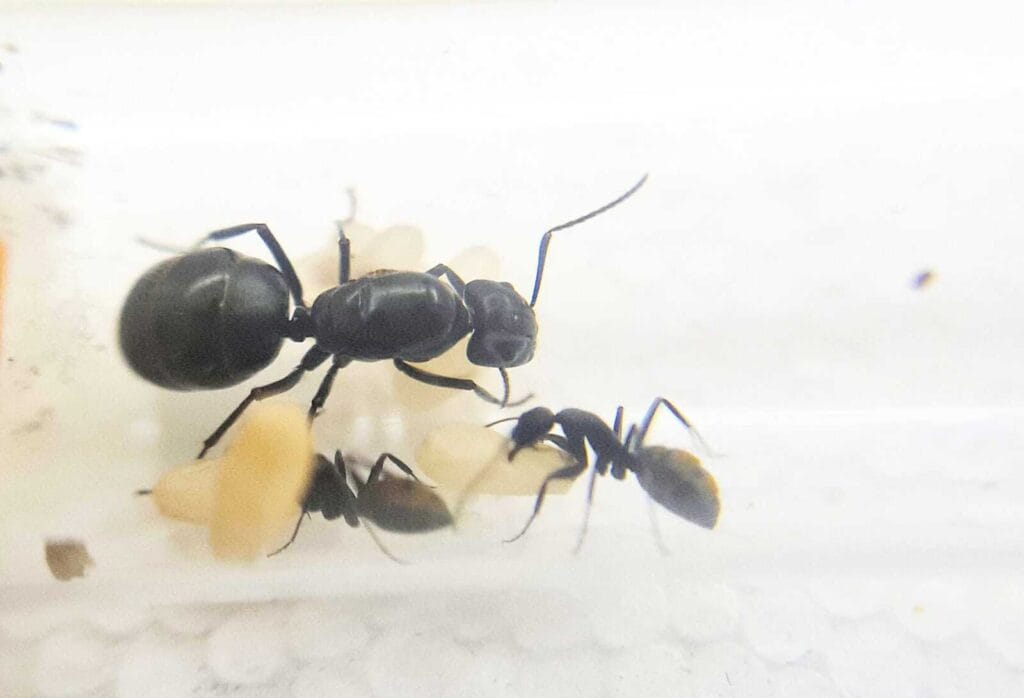
There are no reviews yet.